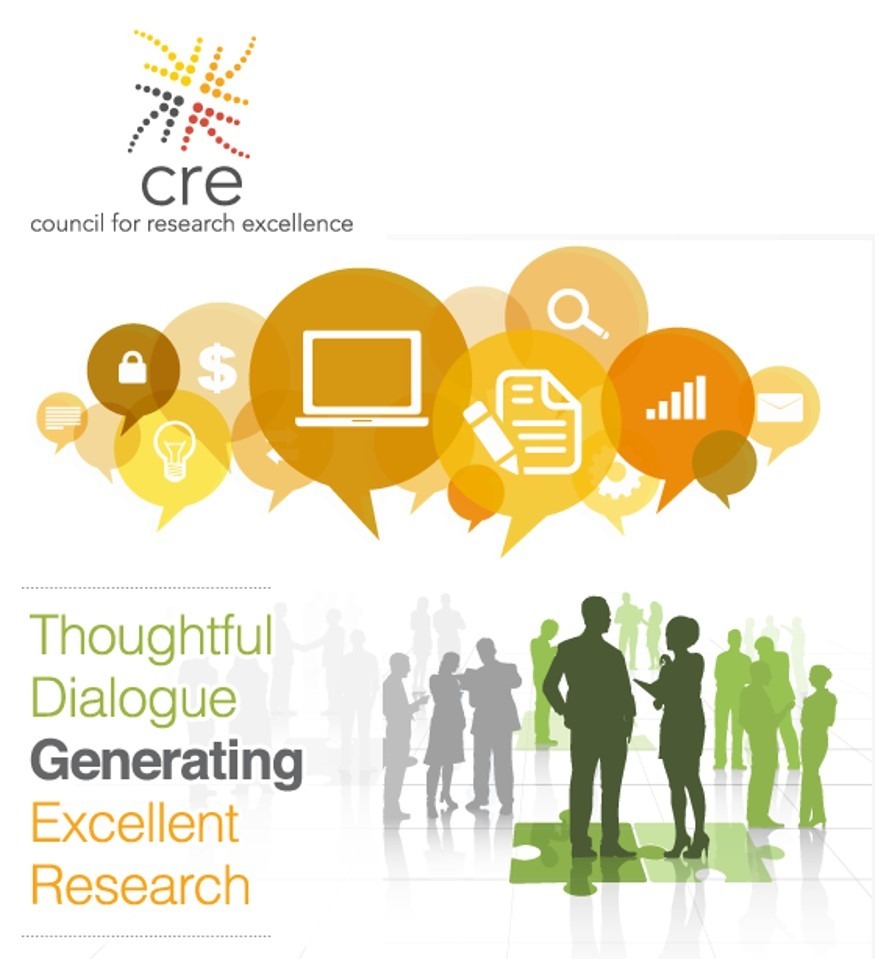If you don’t know much about the Council for Research Excellence (CRE), this is a group that deserves both more attention and support from players in the Local Commerce Universe. The CRE exists to improve audience research methodologies that are so critical particularly to advertising supported media. The CRE works closely with other groups including the Media Rating Council to help assess, validate and improve audience measurement.
BIA/Kelsey asked incoming CRE chair, Billy McDowell to highlight the group’s priorities and his goals for 2016. McDowell’s “day job” is VP Research for Raycom where he oversees all research related activities for the Raycom owned television stations, one of the nation’s largest broadcasters. McDowell’s goals for his turn at the helm focus on local audience measurement. “There is no shortage of issues we’re facing among the participants,” McDowelll shared. “But we all have common goals – get it measured and get it measured properly.”
The CRE is funded by Nielsen with the mission to, “advance the knowledge and practice of methodological research on audience measurement through the active collaboration of Nielsen and its clients.” McDowell recalled that the CRE grew out of a commitment then Nielsen CEO Susan Whiting made to Congress in 2005. Nielsen launched CRE that year with a $2.5M research budget to study and recommend improvements in research methodology. McDowell says, “The research budget has been renewed every year and the gating factor has always been more the implementation of these grand scale projects rather than funding.”
He complimented Nielsen’s long term commitment and openness to the process. McDowell also assured us that while Nielsen provides the funding, the CRE operates independently of Nielsen. To help maintain this independence, CRE and Nielsen operate day to day by collaborating through a third party facilitator retained by CRE.
CRE’s members are Nielsen clients representing different industry segments including advertisers, agencies, networks, cable companies, and station groups. Given the heavy reliance of media, brands, agencies and adtech companies on audience and consumer data, it’s a big job to ensure quality, standards and transparency in the process. To do so, CRE has over a dozen committees addressing areas such as data quality, ethnographic research, big data, digital audience research, social media, audio media, and the local measurement committee that tackles the special issues inherent to local market measurement.
CRE’s local committee started work on a predictive model last fall and will continue with a second wave of that research in 2016, McDowell says. The challenge is to come up with alternative data to build up enough “data mass” to inform local market television ratings and determine what predictive factors may exist. In local market television measurement, the sample sizes are relatively small causing instabilities across measurement periods and when studying specific audience segments with smaller in-tab cell sizes. McDowell expects that sample survey research such as that provided by Nielsen can be augmented by other types of data such as set top box, smart TVs perhaps social media data to develop better predictive models.
Figuring out how to predict local television audiences is a huge problem for media buyers and sellers who need to estimate audience delivery for local television programming months in advance in order to do business. The local over-the-air television marketplace is worth $22.3B, according to BIA/Kelsey’s chief economist Dr. Mark Fratrik.
In addition to the local television market, McDowell also noted that, “The rapidly growing mobile and digital ad spending at the local level point will be an increasingly important area for CRE.”
__________
For those interested, BIA/Kelsey has had the opportunity to do several methodological research projects for CRE:
- Diary Market Ratings Analysis: A Study of Ten Years of Relative Standard Error in Nielsen Diaries
- The User Experience (UX) in Multiplatform Video
- Decision Making Dynamics of Non-English Speakers to Participate in Measurement Studies: Asian Americans and Hispanics

